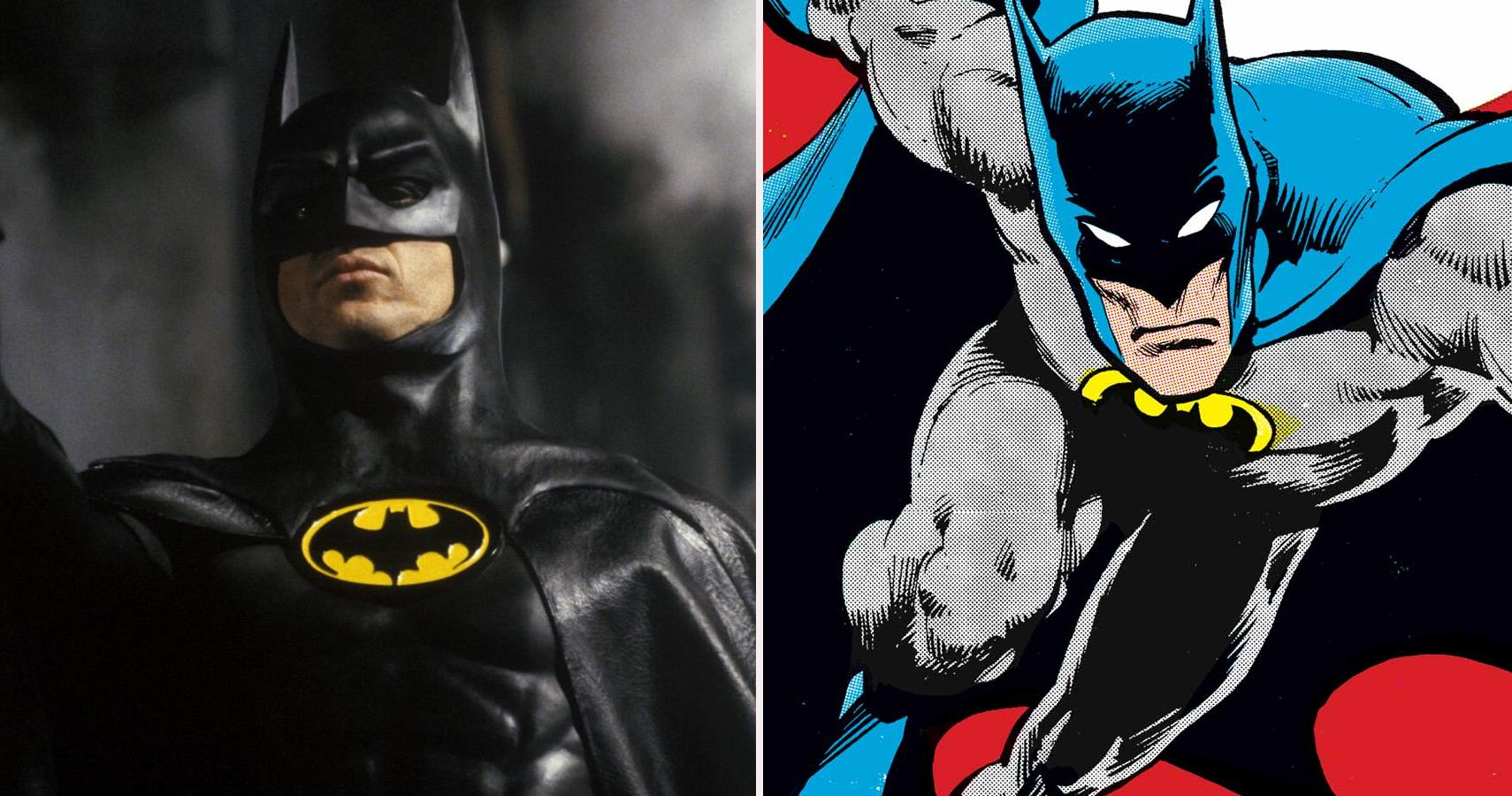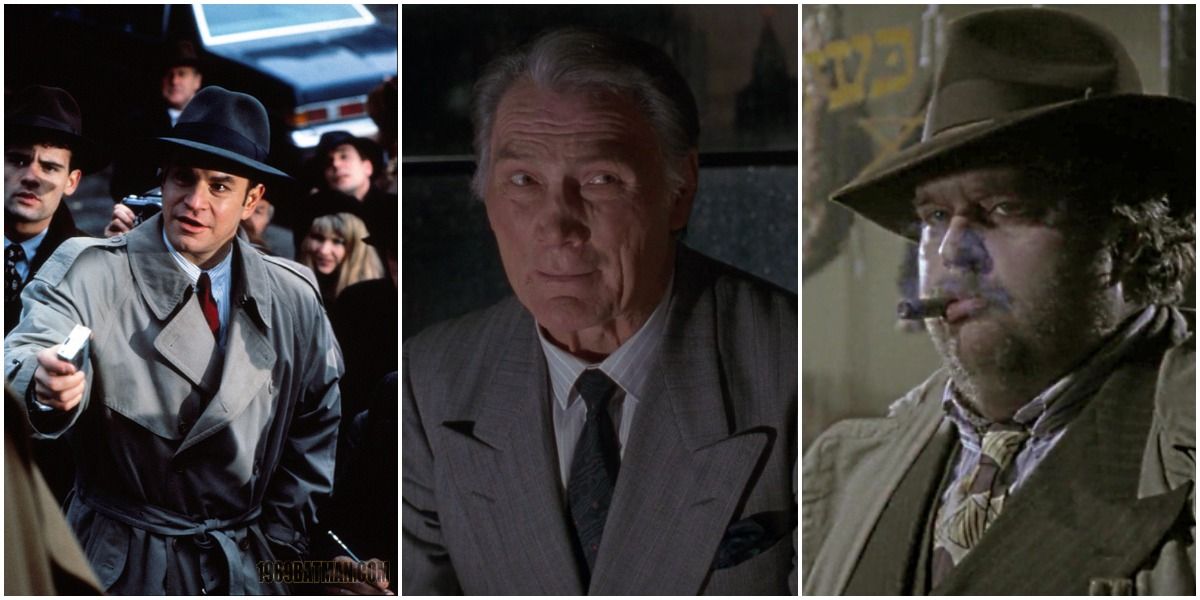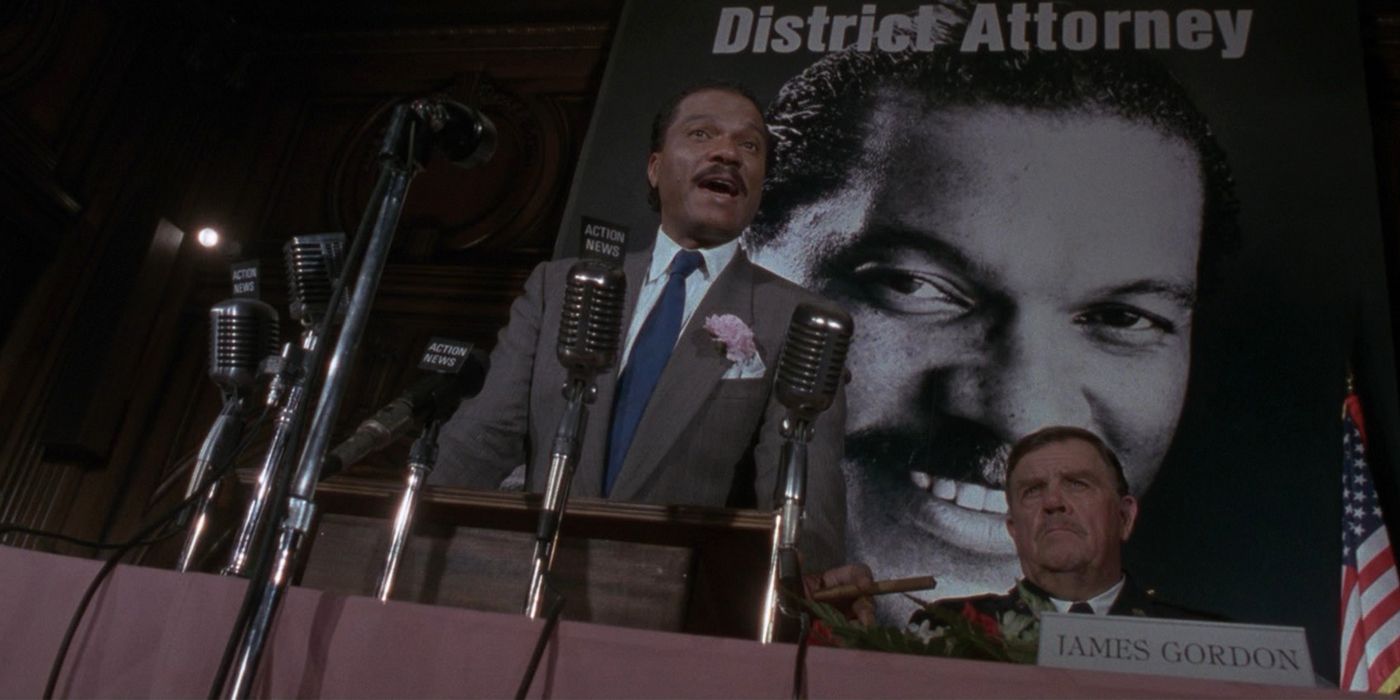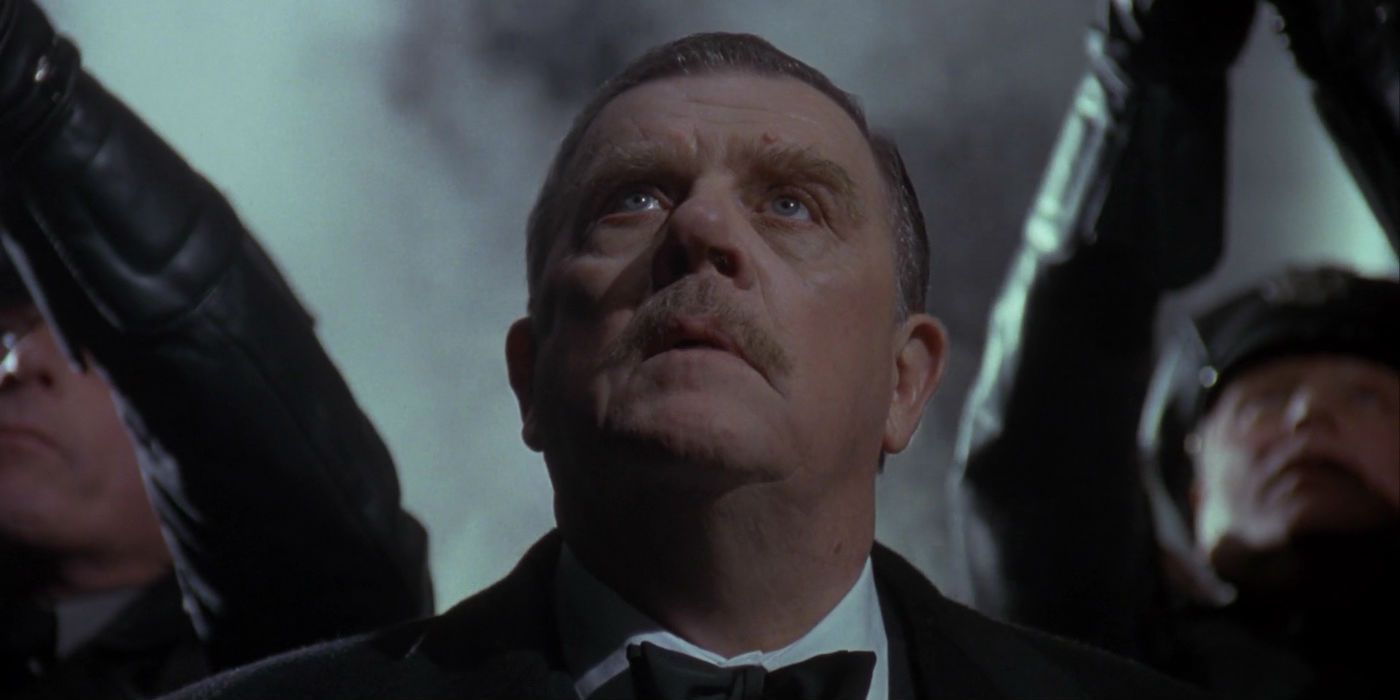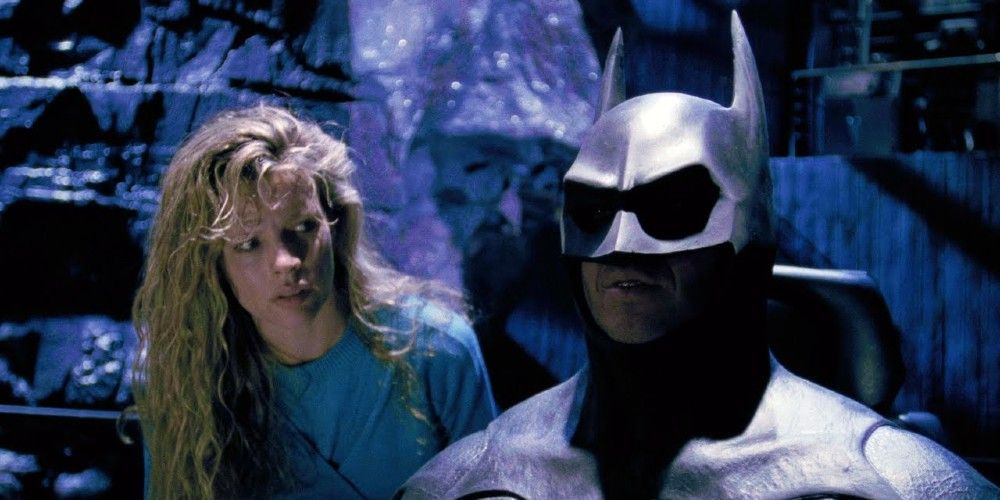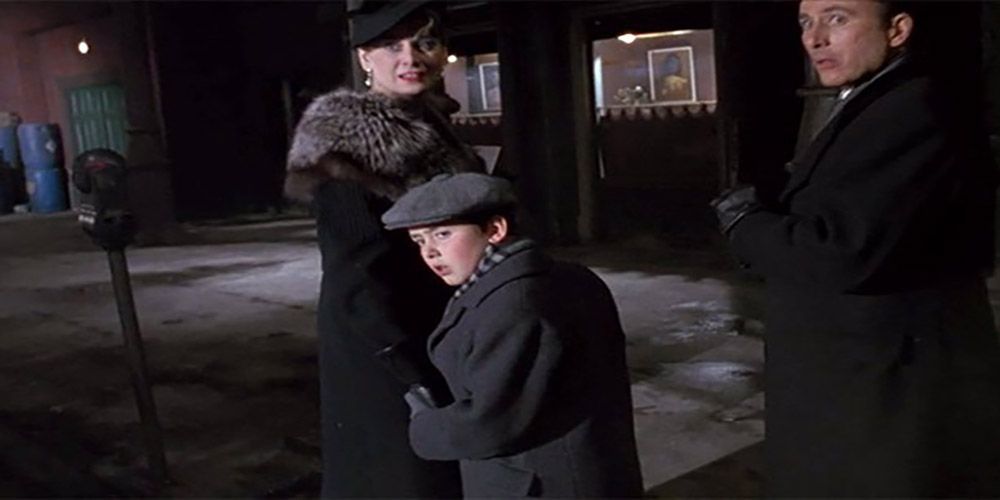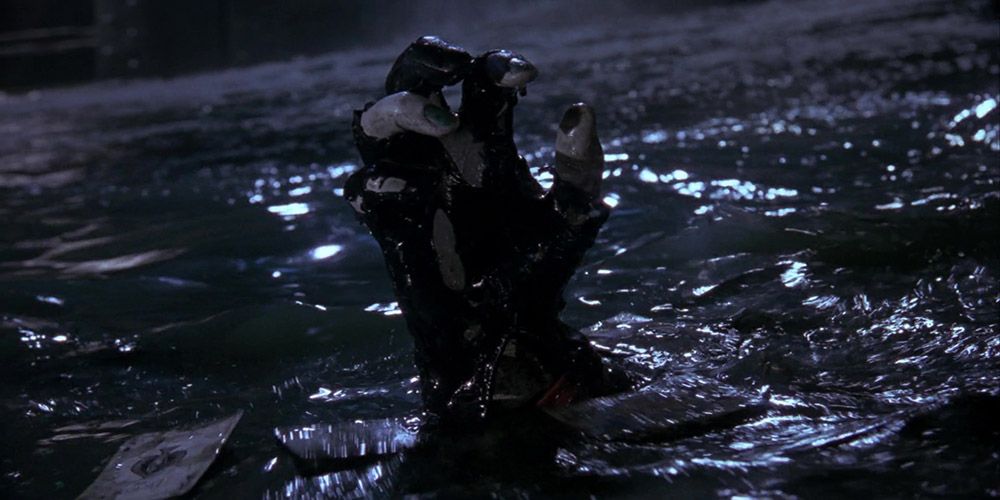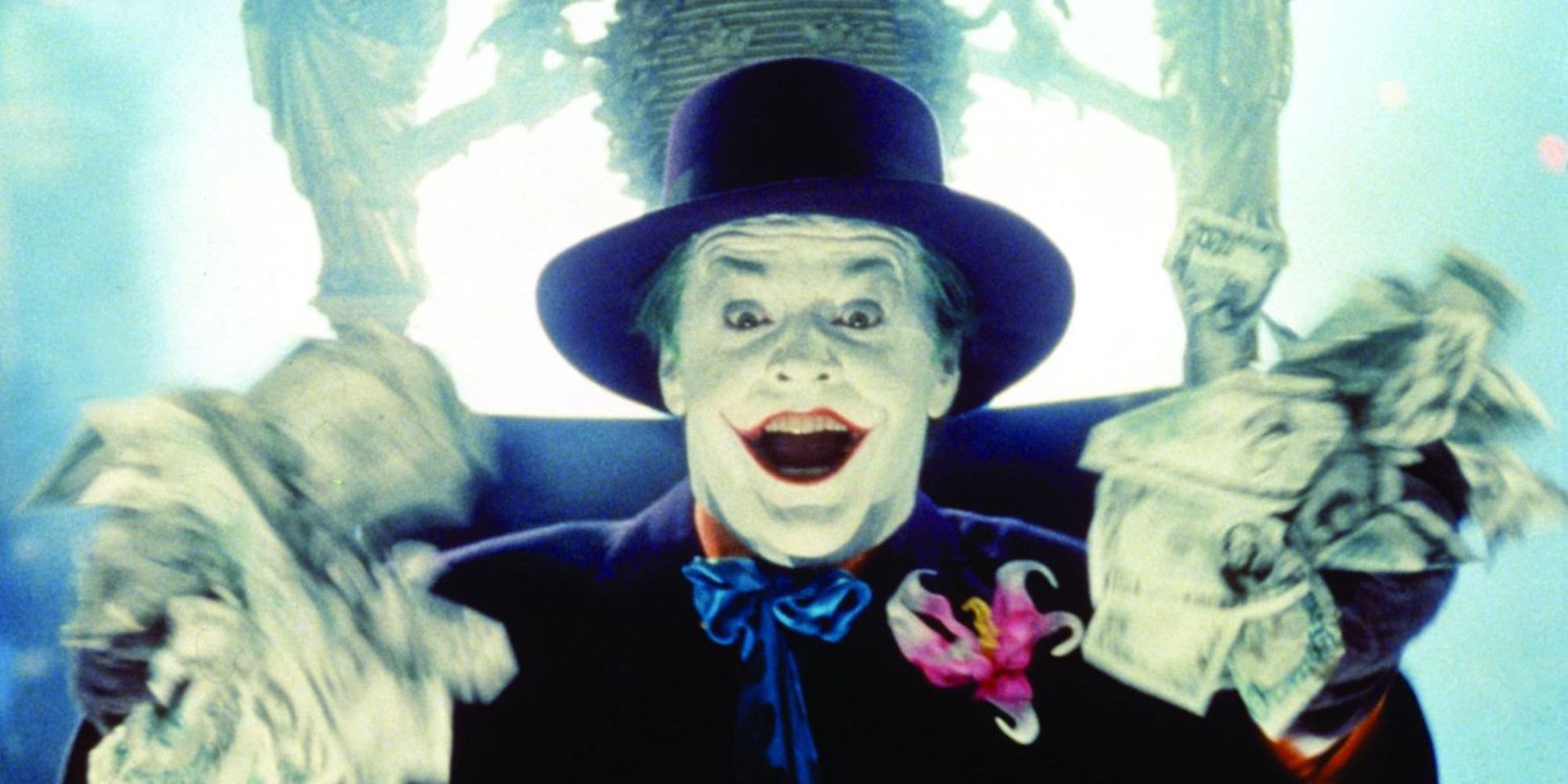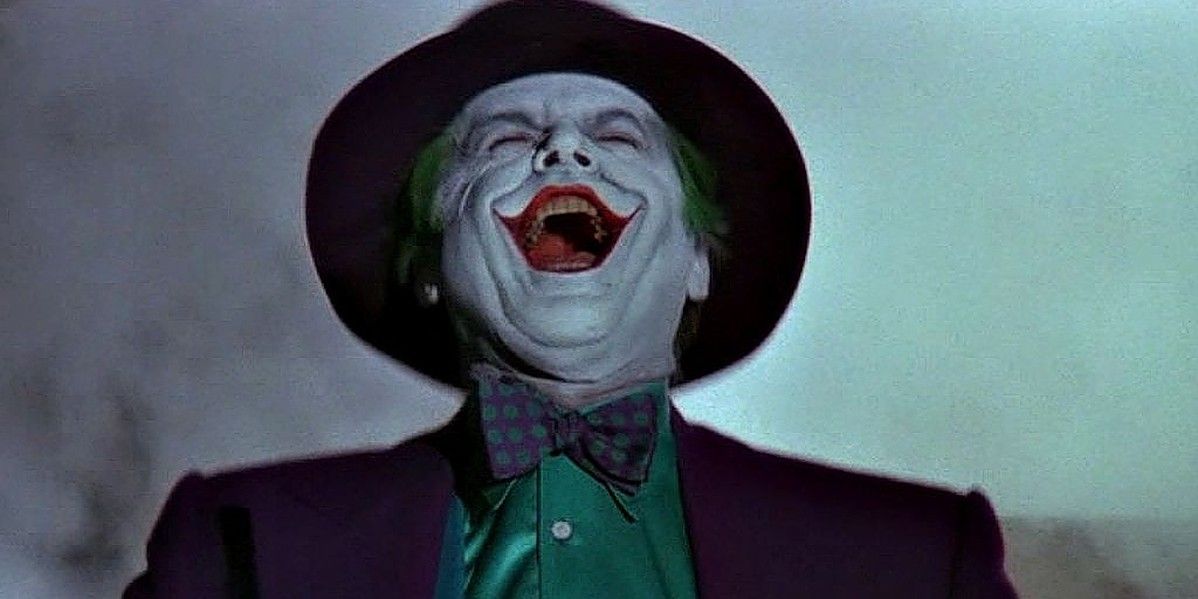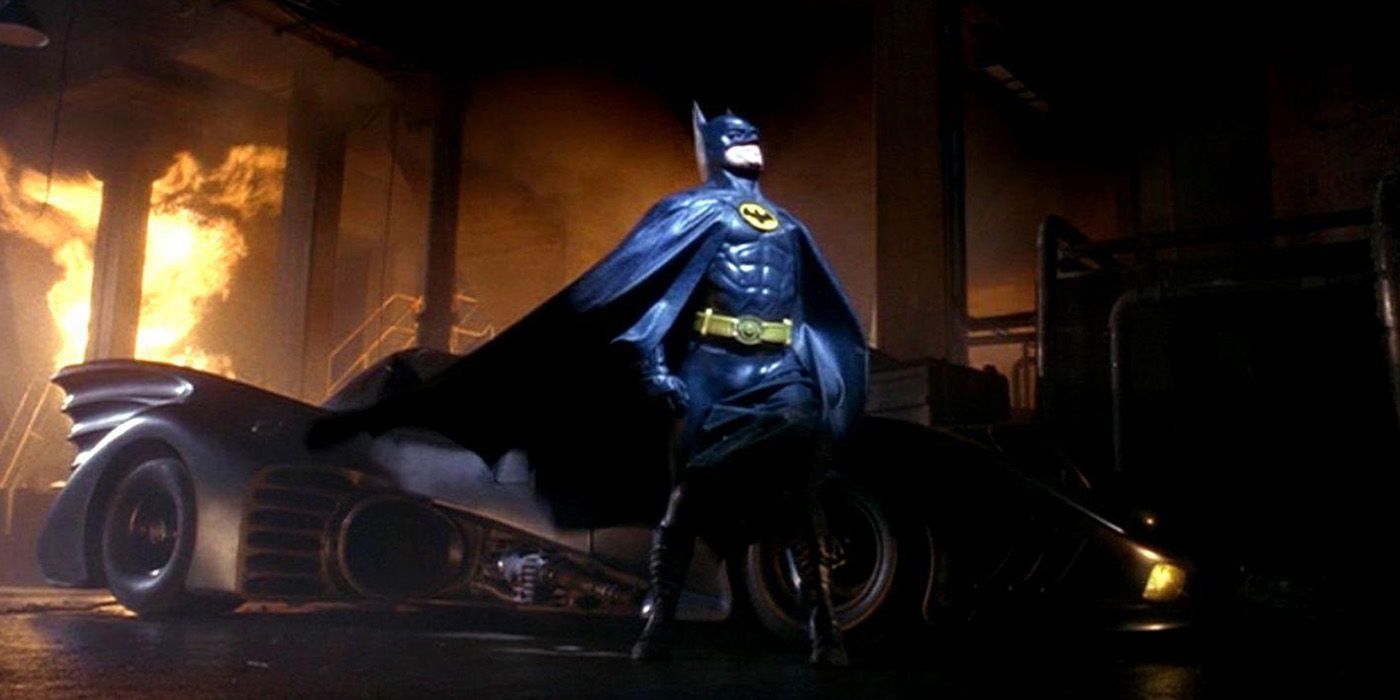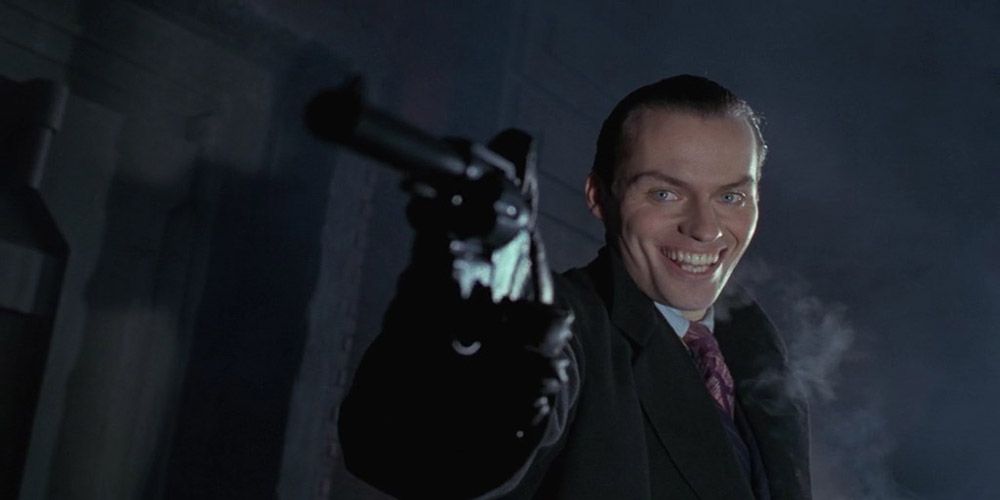Tim Burton's 1989 Batman was a landmark film. Along with being the first superhero film to receive acclaim and commercial success since Superman II, Batman was the first time in 23 years that the Caped Crusader had been brought to the big screen since the film spin-off of 1966 eponymous television series.
Ironically enough, the Adam West-starring Batman was in many ways a more faithful translation of its contemporary Batman comics than Burton's rendition was. Batman copied the darker tone from the 1980s comics starring the Dark Knight but changed several story elements. Let's have a look at these changes.
10 Original Characters
Much of Batman media has introduced original characters with no counterparts in the comic source material (the most famous example is Harley Quinn, who originated in Batman The Animated Series) and this movie was no exception. The film's cast had four primary characters created exclusively for the story.
One was reporter Alexander Knox, who works alongside Vicki Vale to learn more about Batman. Another was Bob Hawkins, the Joker's laconic henchman (and whose first name is likely a tribute to the man credited with the creation of Batman). Two other original characters had closer analogues in the comic's cast; mob boss Carl Grissom seems to have been inspired by Carmine Falcone and Rupert Thorne, while Police Lt. Max Eckhardt is nearly identical to Harvey Bullock in appearance, but unlike Bullock is in the pocket of the mob.
9 Harvey Dent's Ethnicity
A surface-level change, but one nonetheless. The ethnicity of Harvey Dent has never been critical to his characterization, but in most Batman stories told before and since this movie, the character has been depicted as caucasian.
In a move ahead of its time, Burton decided to diversify the otherwise lily-white cast by hiring Billy Dee Williams to play Dent, who remains Gotham's upstanding District Attorney throughout the film. The only downside is that Williams didn't return for any of the follow-ups, meaning fans never got to see his spin on Dent's downfall and descent into super-villainy as Two-Face.
8 Commissioner Gordon Is A Background Player
Commissioner James Gordon is one of Batman's closest allies, but that is hard to guess if someone's introduction to the world of Gotham City is this film. Portrayed by Pat Hingle, Gordon is initially dismissive of Batman's existence then wary of the vigilante once his existence is confirmed.
After the first act, Gordon mostly fades into the background, and while he lights the Bat-Signal in the film's final scene, there'd been no onscreen development for his growing trust in Batman. Seeing Gordon take such a backseat throughout this story can be surprising for those familiar with both the comics and the critical role Gary Oldman's rendition of Gordon plays in The Dark Knight Trilogy.
7 Vicki Vale Discovers Batman's Identity
Journalist Vicki Vale was an early love interest for Bruce Wayne. She was introduced in 1948 and remained part of Batman's regular supporting cast until 1963, though she's made frequent returns since. Her character was the center of a running gag, wherein she would continually suspect Bruce Wayne and Batman to be the same person, but the detective would be able to ward off her suspicions without fail.
Portrayed by Kim Basinger, the Vicki of this film is much the same character as in the comics, with one critical exception; she discovers Bruce's secret identity.
6 The Death Of Bruce's Parents Isn't Widely Known
Batman's origin may be one of the most famous in comics, but this film is oddly recalcitrant about the details for much of the run-time. While the truth is foreshadowed, it's only unveiled three-quarters of the way through the movie.
There is narrative justification for this; the film mainly uses Vicki as an audience POV through which viewers learn about Bruce, so it makes sense his backstory is fully revealed once she discovers it. However, the fact a seasoned journalist like Vicki had to go through the trouble to learn Bruce's history indicates his parents' death was a lesser-known event for the public of the Burton-verse.
5 The Joker Is A Gangster Before His Fall
The Killing Joke was clearly a significant influence on Burton's approach to Batman; he even described the book as "the first comic I ever loved." The most obvious influence is the Joker's origin; in both comic and film, he falls into a vat of acid after encountering Batman during a chemical plant robbery – the acid's effects disfigure him and rob him of his sanity.
However, the proto-Joker in The Killing Joke was a failed comedian roped into the heist by a pair of con artists; in Batman, the Joker, portrayed by the legendary Jack Nicholson, is the heist's ringleader and an eager participant.
4 The Joker Has A Real Name
The film also makes a more significant change to the Joker, one that alters him at a fundamental level. The film does what almost no Batman media before or since has ever done – give the Joker not only a definitive backstory but a real name. In this film, the Joker is truthfully Jack Napier, Carl Grissom's right-hand man.
As a result, Nicholson's Joker is not the eternal enigma that the comics version is. Not even Burton's beloved The Killing Joke even hinted at Joker's true name, and it is also cast doubt on the backstory presented in its pages by having the Clown Prince of Crime note his preference for a "multiple-choice" backstory.
3 The Joker Dies
The film made another change to the Joker's mythos; during the climax, he falls several stories from a Cathedral tower and perishes. The Joker has seemingly died many times over, but this time it was permanent.
The film hammers in his fate with a gradual zoom-in on his dead, rictus-grinning face. Given Joker's death-defying is so legendary that the phenomenon of popular villains cheating death was dubbed by TV Tropes as "Joker Immunity," it's shocking to see him truly perish.
2 Batman Is Willing To Kill
The film's most significant change to the titular character is the absence of his "one rule;" unlike most other versions of the character in comics, animation, or cinema, Batman as portrayed by Michael Keaton has no compunctions about employing lethal force or guns.
The most notable demonstration of Batman's lethality comes when he crashes into the Joker's base at Axis Chemicals with the Batmobile and brings the building to the ground, killing many of the Joker's minions in the process.
1 The Joker Killed Bruce's Parents
This change rewrites the backstory of both the film's main hero and villain from the source material. Rather than Joe Chill, in the film's universe, it was Jack Napier who gunned down Thomas and Martha Wayne in front of an eight-year-old Bruce's eyes.
This gives the Batman and The Joker a much less tangential connection, while further setting them up as foils (as the Joker himself notes, they "created" one another).

